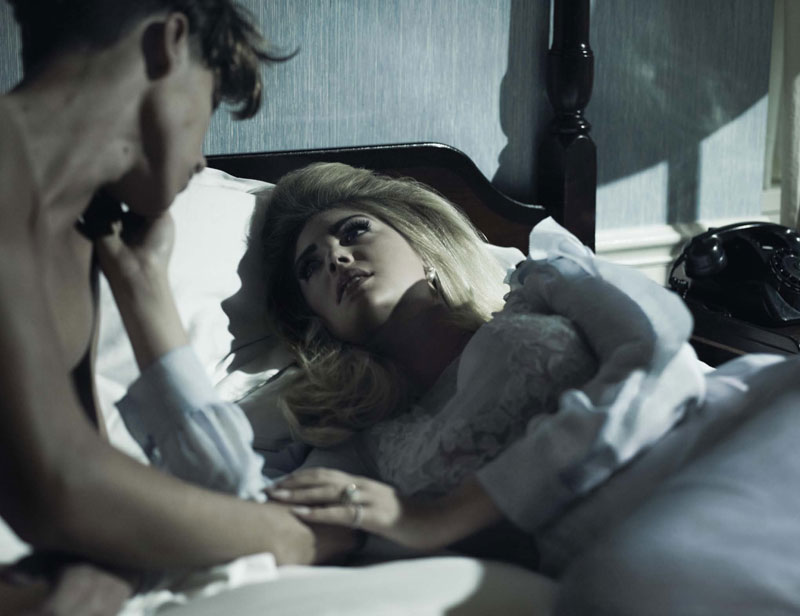Sew La Ti Embroidery [Search results for equipment]
How to Select an Industrial Vacuum Cleaner?

Michael Jackson Happy 2008 top

Tree Felling 101 for the Lavish Property Owner

The Bulldogs (based on an underground comic-book)

America's deadliest tornado for 64 years: Terrifying twister cuts six-mile swathe through a Missouri town, leaving up to 116 dead
The Architecture of the National Traditions
Your house trusts Advanced Direct Security
Southern Europe: US returns 25 looted artefacts to Italy

Near East: Ancient harbour to be recreated in western Turkey

Kate Upton

Pressure Washers by Karcher
Entertaining ecology in Hamburg





